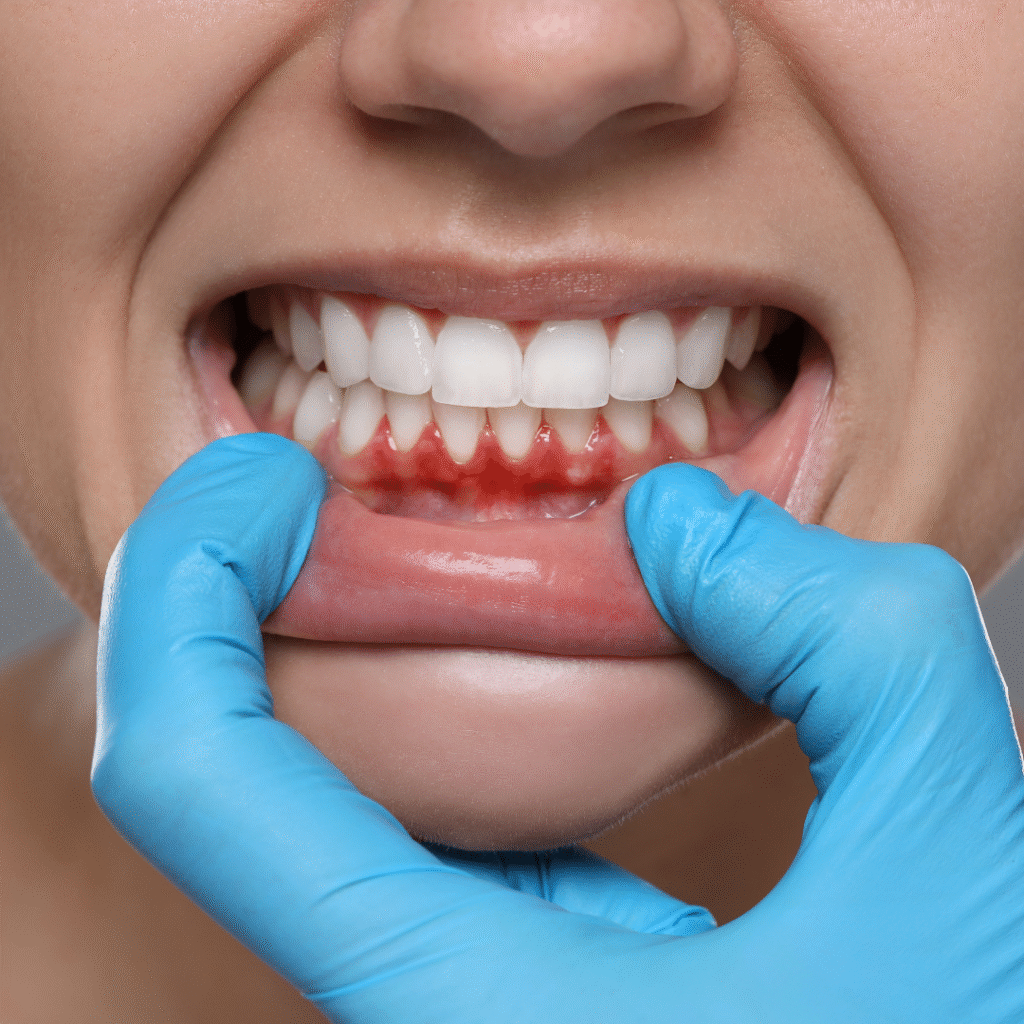Caring for Your Fixed Lingual Retainer After Gum Disease Treatment
Do you have gum disease causing loose front teeth? A dentist may recommend a fixed lingual retainer as part of your treatment. A lingual retainer is a thin wire that is fixed in the back of your teeth, and it helps keep them stable and prevent gum disease. When it is a precious tool for protecting your smile, it also requires special care to prevent new issues with your gums.

Why Cleaning Your Retainer Matters
A fixed retainer is best for protecting your tooth stability. But retainers trap the plaque and food. Gum cleaning is very important in this situation; if you do not clean your gums, the disease will return. Since you’ve already gone through treatment, you must clean your retainer area, which is important to protecting your gums in the long term.
What Your Toothbrush Can Do and Can’t Do
A normal toothbrush is important for removing plaque from covering of your teeth and gums. Even so, toothbrush bristles miss the spaces between gaps and around the gum line, mainly where the retainer wire sits. That means some of the weakest areas stay unclean unless you use additional tools.

Best Tools for Cleaning Around a Fixed Retainer
To get a spotless smile, you need more than just your toothbrush. Here are the best options:
- Dental Floss
Threading floss under the wire enables you to remove plaque at the gum line and among the teeth. Special floss threaders or super floss can make this process faster and easier.
- Interdental Brushes
These short, cone-shaped brushes slide between teeth and gums. They’re useful for removing food waste that your toothbrush misses.
- Water Flossers
A water flosser delivers water between your teeth and around the retainer, removing plaque and food waste. Many patients understand this manner to be most comfortable and convenient for daily use.
Daily Routine for your Healthy Gums
To secure your mouth and your gum health, follow this routine daily:
- Use a soft-bristle toothbrush (Brush twice daily).
- Once a day, clean the retainer area. Use Floss or an interdental brush.
- Use a water flosser for extra cleaning purposes.
- Schedule regular dental care for your mouth and gum protection.
Conclusion
A fixed lingual retainer is the best way to protect your gums after gum disease. But it only works if it is correctly maintained. You can protect your gums and teeth by doing your daily routine for twice-daily brushing, flossing, interdental cleaning, and water flossing. You can protect your gums, prevent plaque, and keep your smile healthy and stable forever.
